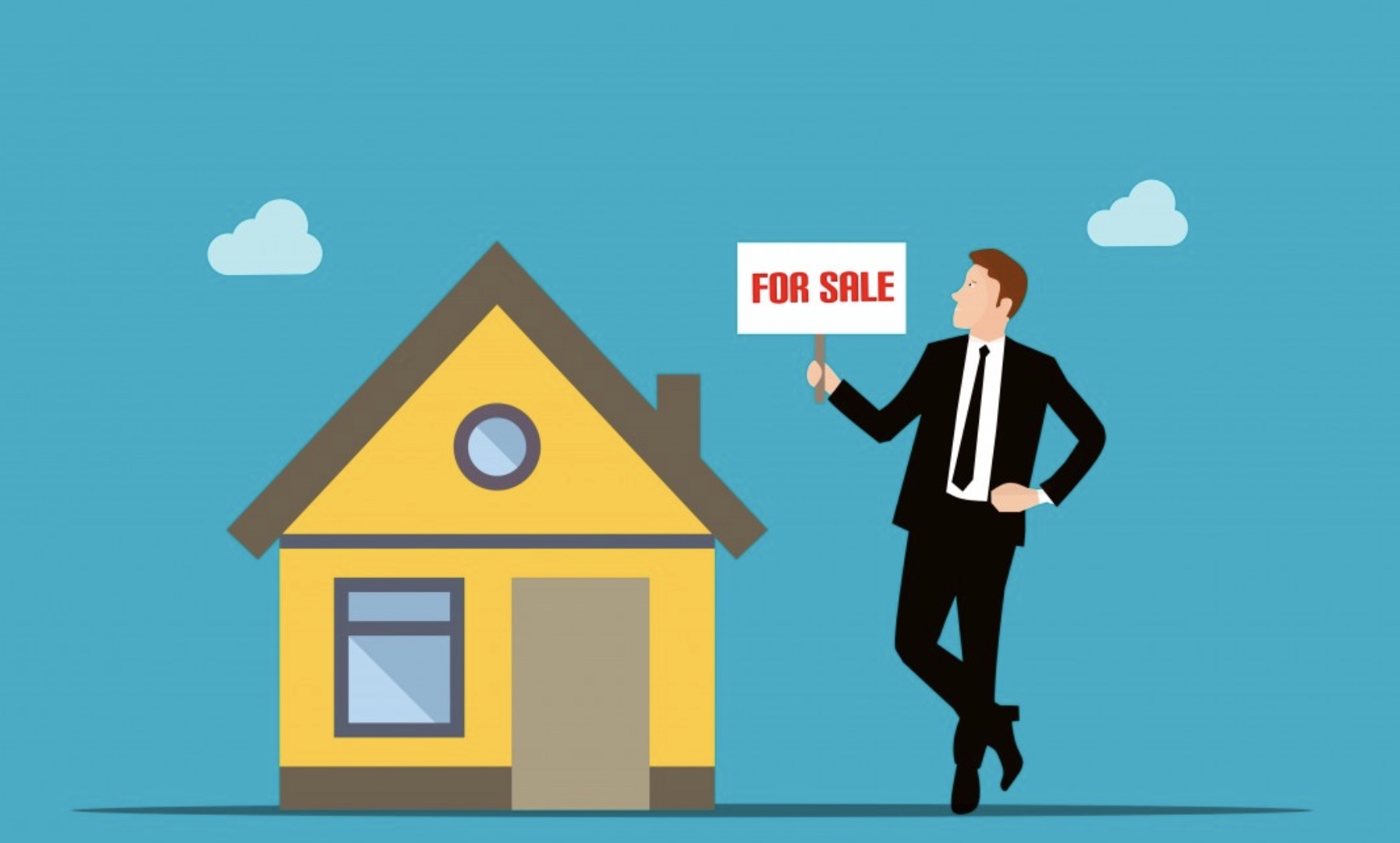Buying a house is a big decision, with a lot of paperwork and confusing numbers to keep you lost. If you’re having trouble understanding what mortgage you should go for, take a look at our guide to help you through the process.
How much can you borrow?
Mortgage lenders will usually base your total on your individual income, typically multiplying it by 4 or 5 of your individual or 3 or 4 times your joint income if you are applying with a co-borrower. This can be spouses, domestic partners, friends, or relatives. But it isn’t just a name on a piece of paper. It’s for if people in both parties want their name on a property and agree to share the responsibilities of paying back the loan.
Although, every lender is different, and it is useful to shop around. Comparison shopping will pay off over the course of a loan and if you get multiple preapprovals, you will get various offers and chances are they will have different amounts, allowing you to choose a lender that will offer the largest preapproved loan.
Avoid becoming “house poor” – where you own a house but not much else – by considering what you can afford on a monthly basis. Try to keep your payments no greater than 30 per cent of your take-home income.
Proof of more income can land you a bigger loan, but that doesn’t mean you need to storm into your boss’s office demanding a raise or get a higher paying job. If you can, sure it can help, but it’s not necessary if you can’t. There are other ways to show addition to your salary or wages with other sources of reliable income.
Show proof of interest or dividends from investments, income from rental properties, alimony or child support, social security income, and money earned from a part-time job or side business. The latter comes with the stipulation that you have to have earned from this job or business for over the last two years.
There are various tools on the internet you can use to raise your credit score or settle your debt, like the Total Debt Servicing Ratio (TDSR) calculator and credit boosters like UltraFICO.
How big is your deposit?
Consider how much of a deposit you can afford. The more you have now, the less you have to pay in the future as you will qualify for lower mortgage rates.
You can get a bigger loan if you don’t have to pay for private mortgage insurance (PMI). So, if you’re applying for a home loan and your down payment is at least 20 per cent of the house’s price, you won’t need to pay for PMI which protects the lender if you stop paying your loan.
Without the 20 per cent down payment, PMI becomes part of your monthly costs and can decrease the size of the loan you’re eligible for.
If you have the cash available after paying your 20 per cent, you can pay your lender a little more upfront to lower the rate of your interest.
Repayment or interest-only?
Repayment mortgages differ from interest only mortgages by the fact that your monthly payments are made up of interest plus a portion of the amount borrowed. The idea is that your interest goes down as you pay off the debt, until the entire mortgage is paid off.
Whereas, with an interest-only mortgage, your monthly payments only cover the interest on the loan. This is only available from lenders if you can prove you have another way of paying off the loan, like savings, investments, or other assets.
Having additional assets in the bank, or elsewhere, will help you qualify for a bigger loan, even if you don’t necessarily need cash reserves to qualify for a mortgage. If you have been putting away funds, you can prove you will be able to handle unexpected expenses and continue to make your mortgage payments. Without this, a lender would be concerned that one emergency could cause you to fall behind and will be less comfortable to offer you more.
Fixed or variable rate?
Your next choice is a fixed rate or variable rate mortgage. A fixed rate mortgage sees your monthly payments stay the same for the duration of the mortgage term. This is usually 10-30 years, but if you want to pay off your home faster you can apply for a shorter-term fixed rate loan for 15 or 20 years, for example. If your interest rates fall you will not benefit, but you also won’t suffer rising payments if they go up.
Variable rate mortgages, on the other hand, can go up and down with changes in the economy, so your payments will go up and down with it.






